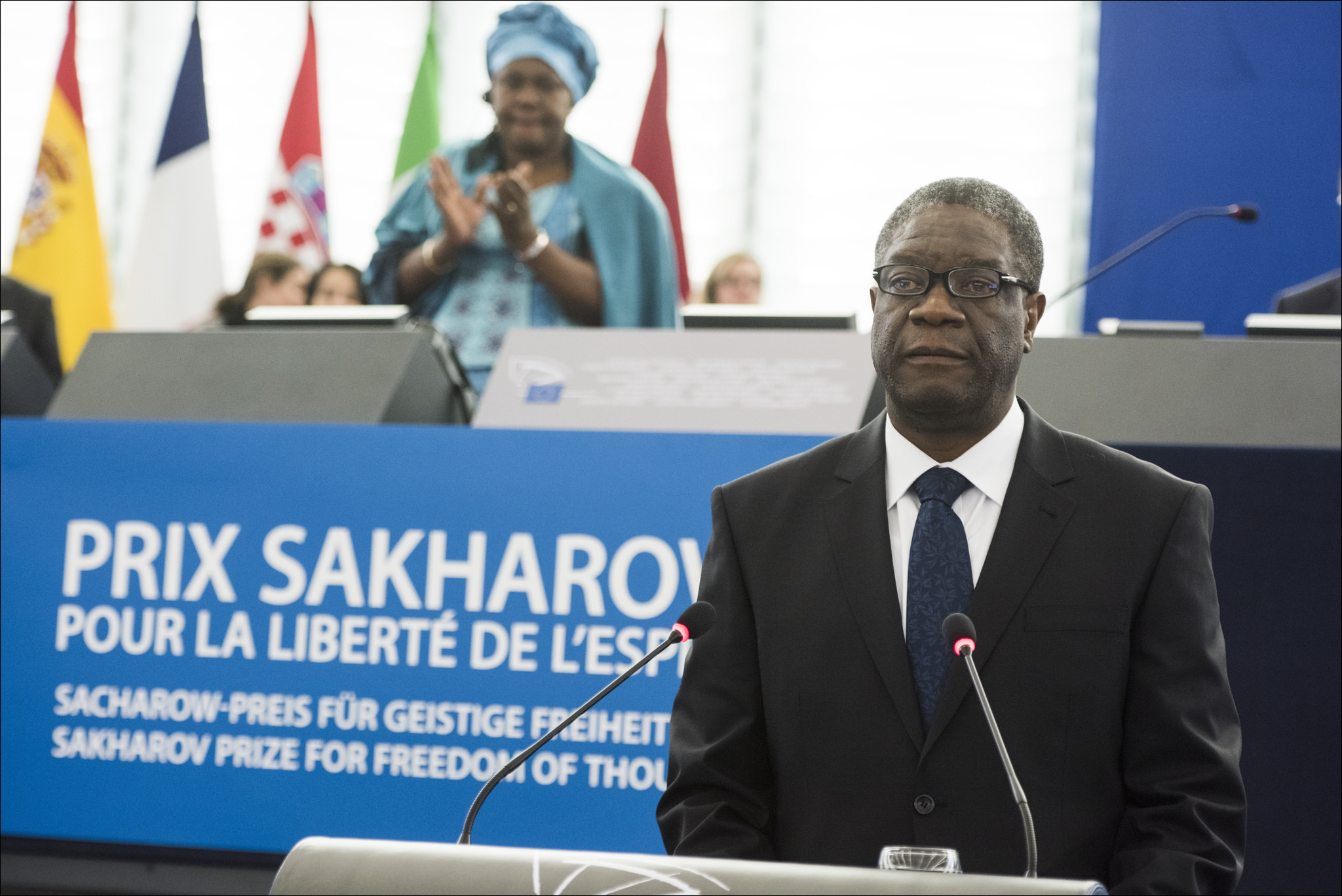The emergence and escalation of the COVID-19 pandemic pose myriad threats to vulnerable populations, including the more than 70 million migrants and refugees forcibly displaced from their homes globally. However, behind the bleak prognoses, there are reasons to anticipate some positive side effects for our collective treatment and management of migrant and refugee populations.
While the spread of COVID-19 appears to have most directly affected the interconnected societies of the West (so far), concerns are escalating about problems among displaced populations, for example within refugee camps and embattled areas in Syria and Bangladesh. Although it is difficult to trace the transmission of COVID-19 under the best of circumstances, in the confines of crowded (and under-resourced) camps and settlements, it seems likely that the virus would arrive with the desperately needed humanitarian workers, newly arriving migrants, or those providing vital resupplies from outside. Whatever the mode of transmission, it is clear that once COVID-19 reaches these populations, they are exceedingly vulnerable to it.
Displaced populations are especially vulnerable to the virus for two reasons. First, the camps, reception centers, and detention facilities housing refugees and asylum seekers are seriously under-resourced. Residents lack access to even the most basic supplies needed to heed advice to frequently wash their hands, and have scant access to medical care should they fall ill. Nor are they in a position to social distance when their settlements are so densely populated. These social and healthcare inadequacies mean that refugees and migrants have weakened immune systems that are ill-equipped to battle infections of this kind, and a diminished ability to isolate when they become symptomatic.
Second, migrants and refugees often play a pivotal role in the continuity of services in local economies—especially in the West, serving as seasonal workers, domestic help, and health-care workers. The nature of their employment thus often obliges migrants to continue to work on the front-lines, while so many others transition to remote and distanced employment.
In addition to being weakened and exposed to the threat of contagion, refugee and migrant populations are also subject to the basest instincts of a wretched breed of political figures. The world’s newest dictator, Viktor Orbán of Hungary, accelerated his theft of power by linking migrants and the spread of coronavirus. Italy’s far-right politician, Matteo Salvini, also looked to scapegoat refugees by drawing erroneous ties between arriving migrants and the spread of coronavirus during the initial phase of Italy’s outbreak.
Populist appeals by governments watching their approval ratings tank, leave migrants further ignored, denuded of their rights, abandoned by domestic social services, and potentially facing deportation. This neglect may be further reinforced by the isolationist tendencies of many polities and citizenries that look inward in times of crisis, under the pitiful notion that charity starts at home.
The outlook for migrants appears bleak, but there are several reasons to be hopeful that migrants and refugees will be supported through this period of uncertainty.
First, there is the lofty hope that violent civil conflict will cease—at least temporarily. Rebels in Colombia and Cameroon are among those that have heeded calls for ceasefires to stem the deleterious effects of the contagion. While these will be difficult to maintain, such ceasefires portend further opportunities for diplomacy beyond the immediate interest of guaranteeing safety for frontline health workers and vulnerable civilian populations, including refugees and migrants.
There is also growing acknowledgment that everyone is a potential vector, and thus everyone should be treated equally—no society, in other words, can afford to ignore migrant populations. While there are cases of migrant workers being the first to lose their jobs during this crisis, there are also clear signs of efforts to acknowledge their pivotal role in many advanced economies. It seems reasonable to anticipate that advocates will go further to suggest that these populations be placed at the center of efforts to stem the outbreak, as was done with Ebola outbreaks, for the very reason that they are our most vulnerable.
We might also anticipate growing support for inter-agency collaborations, such as this COVID-19 guidance note, issued jointly by IFRC, IOM, UNHCR and WHO. Inter-agency collaborations could be propelled by a much-needed reemergence of trust in science and expertise and an interest in global health and humanitarianism, as well as by an acknowledgment that infectious diseases may be more frequent in the future.
Global cooperation will require that the charitably minded and able fund campaigns globally, and not just locally. This will be especially important as wealthier countries flatten their own curves, only then to notice the full nature of the threat to refugee and migrant populations who live predominantly in lesser developed countries.
Previous epidemics, such as the SARS outbreak in 2003, offer clues about how populations will respond to COVID-19. With SARS, initial stigma and animosity towards refugees as potential vectors of the disease were eventually overtaken by more collaborative responses to protect vulnerable people, led by the UNHCR. Current strategies for managing the impact of COVID-19 suggests we are slowly learning from the past. If we can collectively weather this storm, perhaps we can emerge with a renewed belief in our collective obligations to support our most vulnerable populations and a desire for a more humane society and economy.







